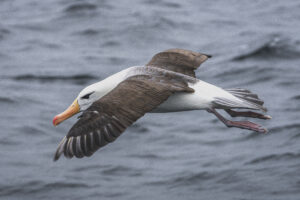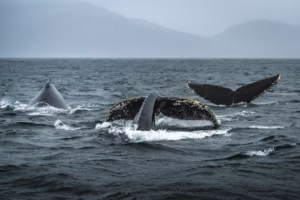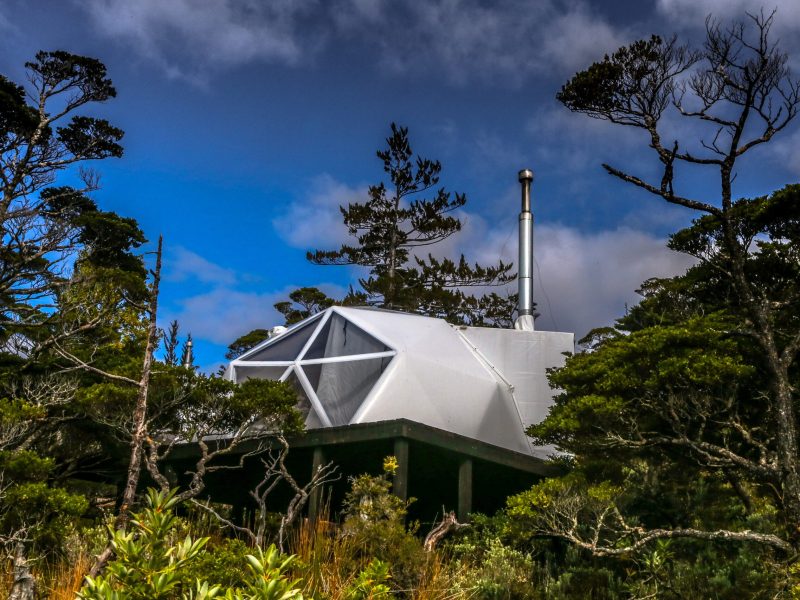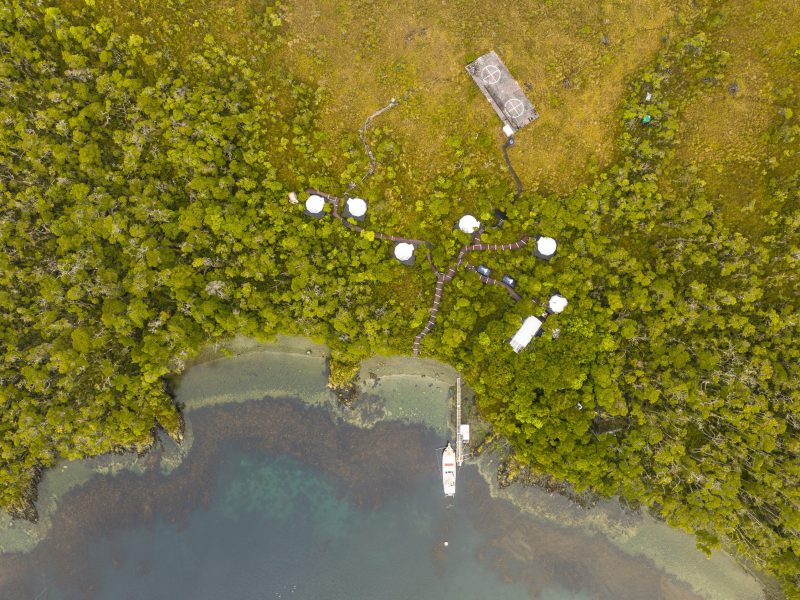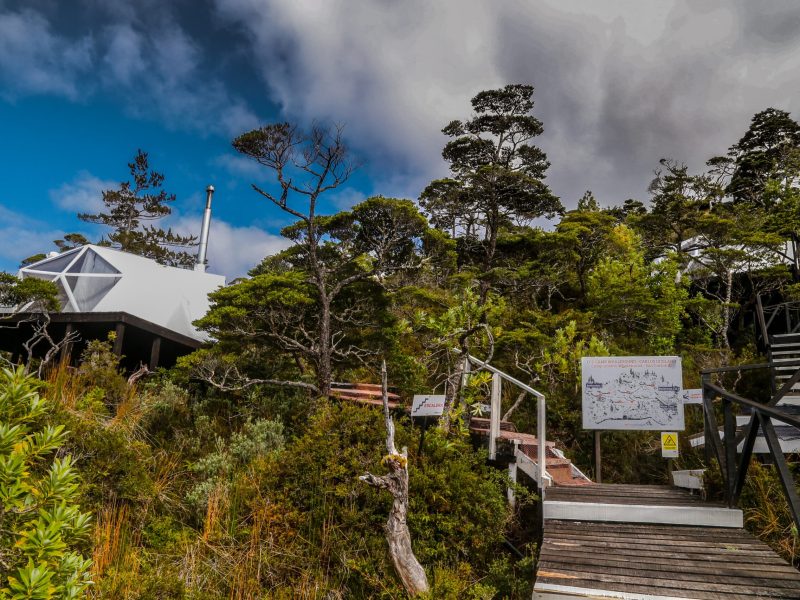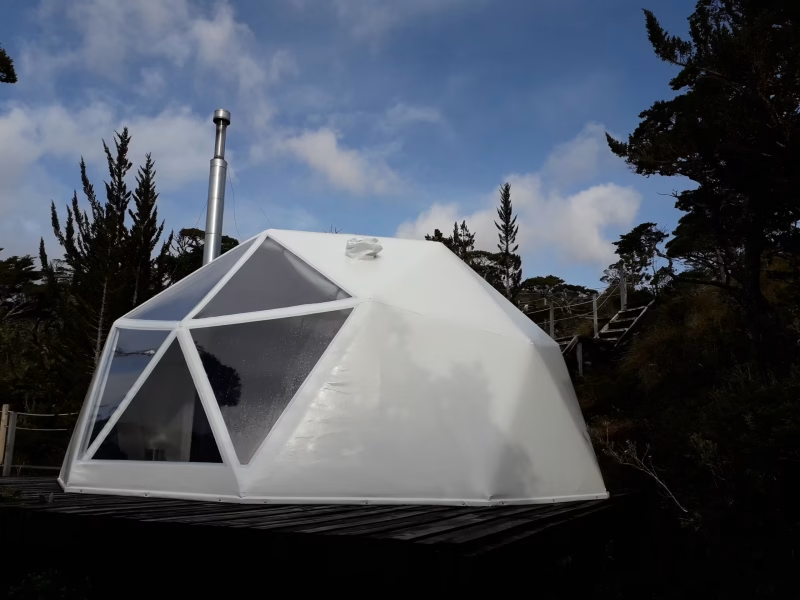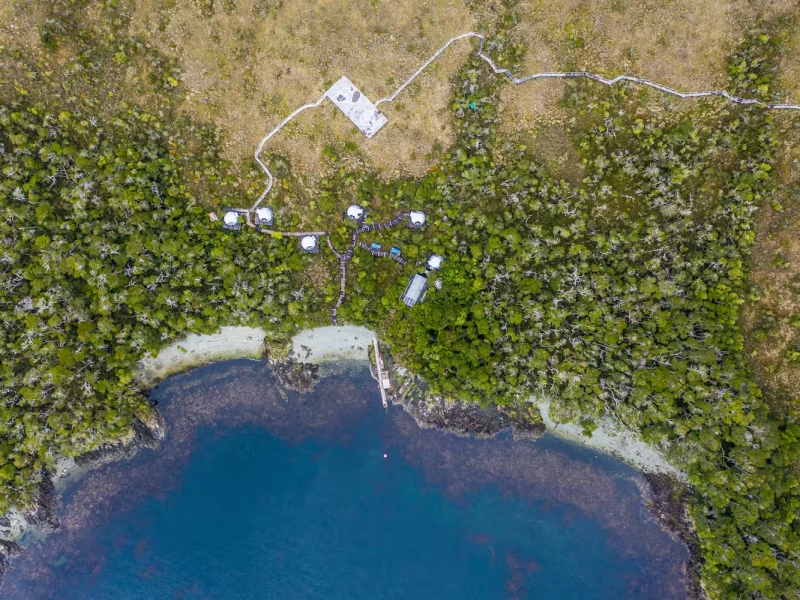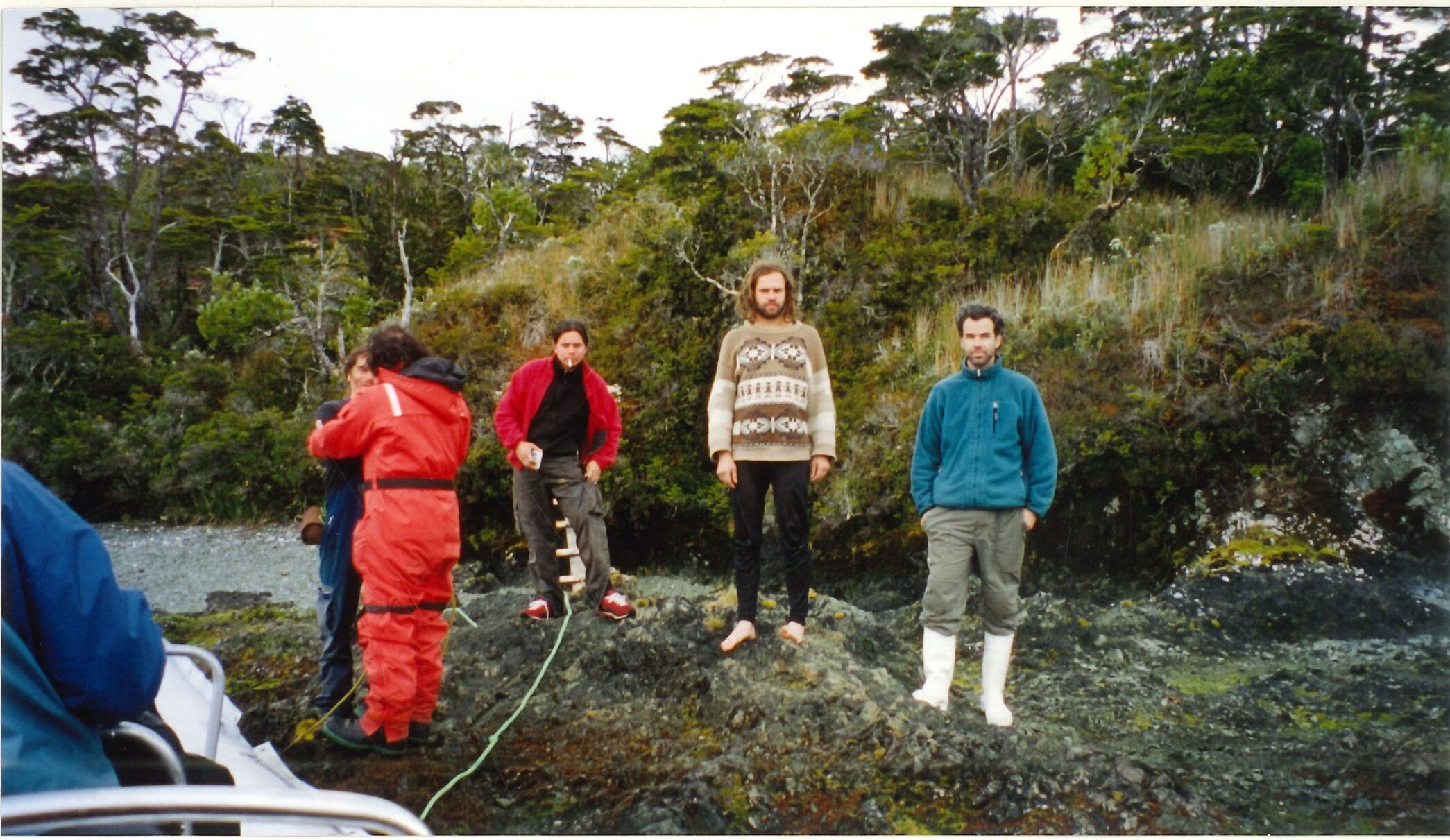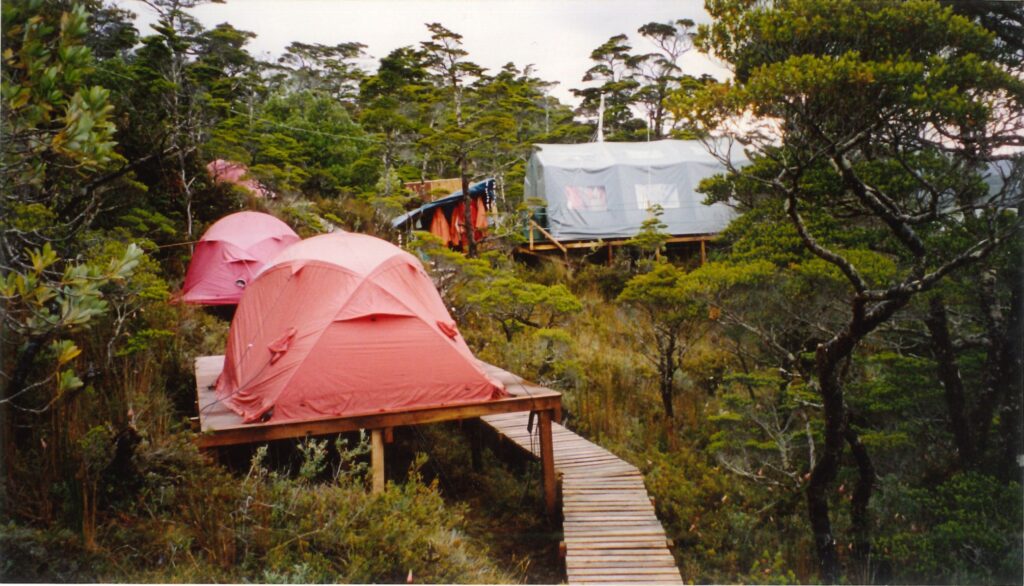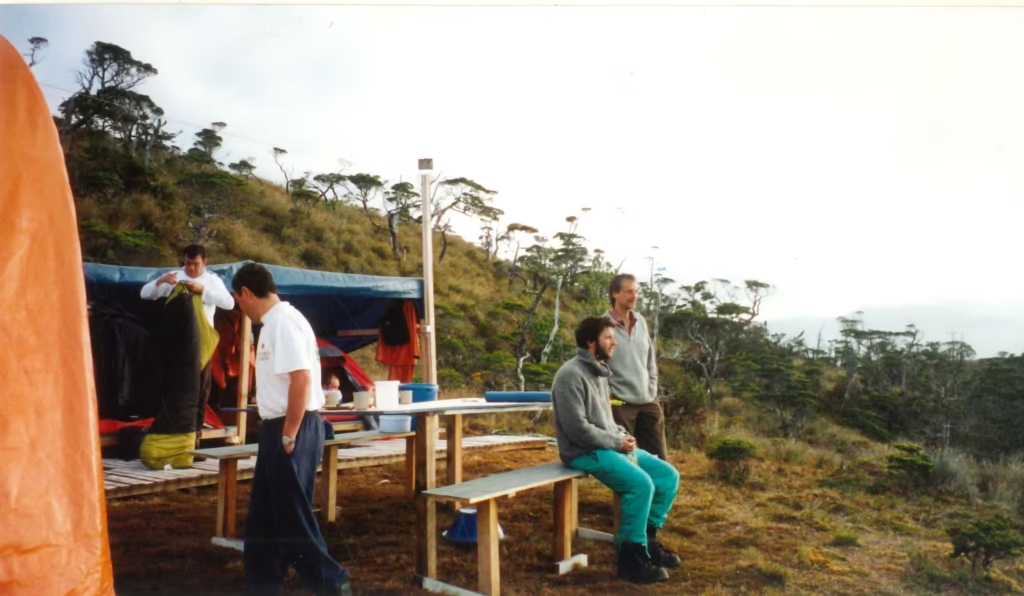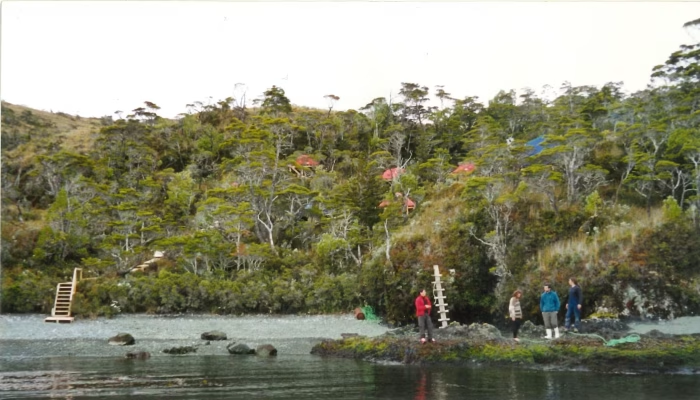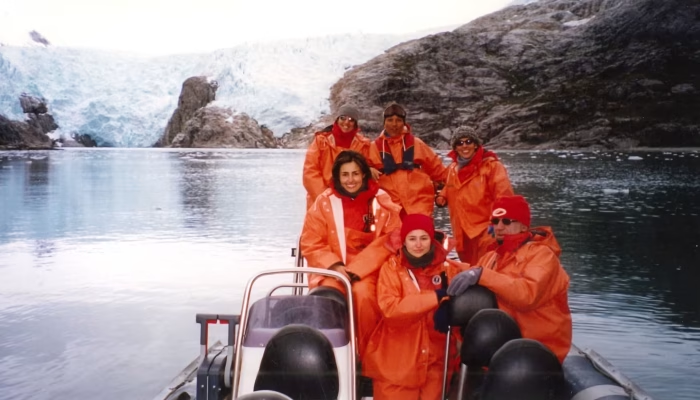Rediscovery of a key habitat: the humpback whale and the Strait of Magellan
- Published: 2003
- Authors: Jorge Gibbons, Juan J. Capella and Carlos Valladares
- Download the full study here
Study summary
For centuries, it was thought that humpback whales in the Southeast Pacific only fed near Antarctica. However, this study marks a milestone in scientifically confirm the Strait of Magellan—specifically the area of Carlos III Island—as an active feeding area.
Key location: Carlos III Island (53°37'S, 72°21'W), in the southwest of the Strait of Magellan
Study period: 1997–2001
Total sightings: 128 groups of humpback whales
Individuals identified by photo: 27
Key Findings
Humpback whales are present from December to June, most frequently between January and May.
Several whales were resighted for 2 to 5 months, which indicates long-term temporary residence.
Two whales were observed in consecutive years, showing feeding site fidelity.
The abundance was greater in the waters near Carlos III Island: up to 1.5 whales per hour of observation.
Active feeding behaviors, such as lunge feeding and coordinated feeding with birds and sea lions, were documented.
Unexpected historical support
The researchers also reviewed historical records since the 16th century, finding frequent mentions of “whales” in the area, including specific descriptions of humpbacks from the 19th century.
This suggests that the The Strait of Magellan was a historical feeding ground for this species., possibly abandoned due to whaling pressure and now in the process of recolonization.
Why is this study important?
This work represents the first scientific support for the idea that southern Patagonia is a real and active feeding area for humpback whales of the G stock, that is, the population that reproduces in tropical waters of Colombia and Ecuador.
Besides:
It provides crucial data for marine conservation in Chile.
Reinforces the need to protect the Francisco Coloane Marine Park area and surrounding areas.
Connects past and present timelines on the presence of this species in the region.
